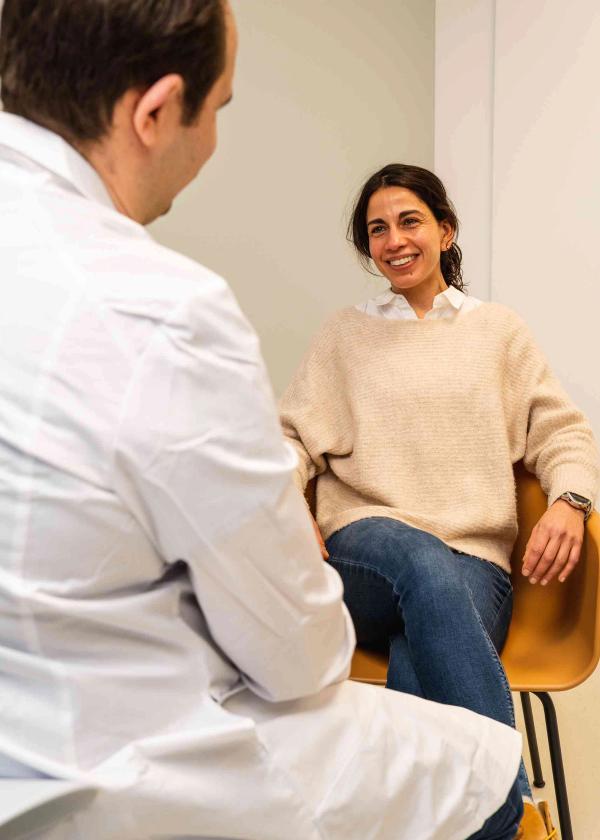The treatment takes place in two stages carried out on the same day and you should allow about 4 hours in total.
The first part consists of the dermatologist superficially scraping the skin area and applying a special cream. The area is then covered with a plaster that should be left on for at least 3 hours. The cream makes the diseased cells in the skin sensitive to light. You can then leave the clinic while waiting for the light treatment itself. It is best to stay indoors at temperatures above 20 degrees.
For the second part, you will return to the clinic for illumination with the lamp 3 hours after the cream was applied. The cream is removed and the skin area is illuminated with red light. It is calculated to take about 10 minutes per area. Most people find it gives a burning and stinging sensation, but handle it well. If necessary, you take a break from the treatment during the process. Your eyes are protected with glasses that the clinic has.
After the treatment
The stinging and burning sensation may persist for a few hours after the treatment, but will gradually decrease. During the first week, you should expect redness, swelling and oozing from the treated area. Fortunately, this subsides quickly. Any scabs should be left alone until they fall off during the second to third week. New, healthy skin forms under the scab. It is recommended to check the treatment results after 2-3 months.
The treatment area should be protected from sunlight for the first year. Sunscreen with a minimum factor of 30 should be used daily when outdoors.
Pregnant and breastfeeding
PDT is not performed during pregnancy. Breastfeeding women can undergo the treatment, but must have a break from breastfeeding for 48 hours after applying the treatment cream.






